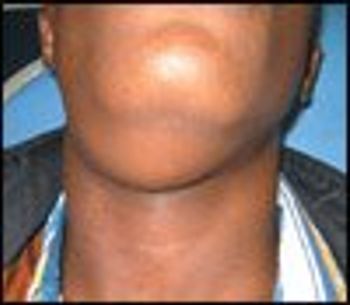
ABSTRACT: Hypothermia is not limited to the northern states: people also die of hypothermia in other areas with milder climates. Infants, young adolescent boys, and inadequately dressed teens who abuse alcohol or illicit drugs are at highest risk for death secondary to hypothermia. The mildly hypothermic patient may appear fatigued and display persistent shivering, ataxia, clumsiness, confusion, tachypnea, and tachycardia. The child with moderate hypothermia will not be shivering; declining mental status may cause the freezing patient to remove clothing. An irregular heartbeat is likely at this stage. Severe hypothermia is marked by apnea, stupor, and coma. In a frostbitten patient, rapid rewarming of the affected area in warm water for 15 to 30 minutes is the first step. Potent analgesia is often necessary. After thawing, the frostbitten part is kept dry, warm, and loosely covered. With an adequate dose of common sense, the vast majority of deaths from cold injury can be prevented.

